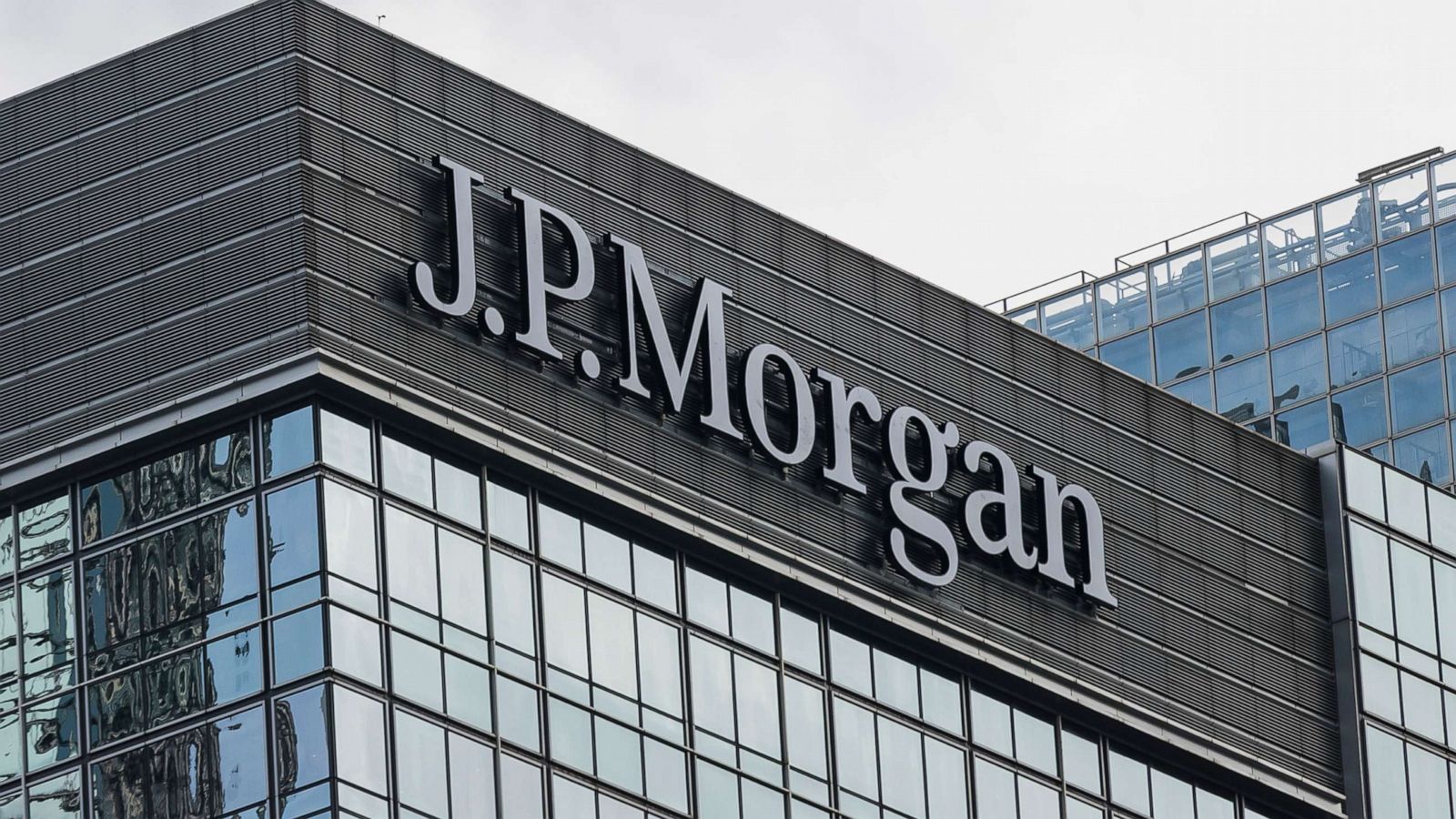After months of upside surprises, inflation finally surprised to the down side in October. Despite this surprise – which was incidentally quite significant – there is little to be hopeful about inflation dynamics in Turkey. The 2.4%m/m increase in headline CPI was indeed lower than the consensus forecast of 2.8% and the JPMorgan forecast of 3.0%, but it was still the second highest October inflation in the last ten years. In fact, annual inflation still rose to 19.9% in October from 19.6% in September. Furthermore, the 5.2%m/m increase in PPI showed the recovery in cost-led price pressures. As a result, we have reflected the down side surprise only partly in our end-year inflation forecast. We revised down the end-2021 forecast to 19.6% from 19.9% and kept the end-2022 forecast unchanged at 16.4%. We see annual inflation in the 18-21% band until 4Q22 (Figure 1)
Interestingly, the reason behind the down side surprise was not that inflation expectations worsened too much, too fast. A series of upside surprises and the recent lira weakness presumably made all forecasters more cautious. Another factor keeping inflation relatively low was the government efforts to contain the energy price increases by tax measures. The sliding scale system used in taxing gasoline purchases curbed the pressures on fuel prices and despite sharply higher global energy prices and a weaker lira, there was only a 2.4% rise in gasoline prices. Furthermore, the jump in global natural gas prices was not reflected in domestic prices in any way and natural gas prices were flat in October.
Looking at the subcategories, the seasonal increases in clothing and furniture prices, price hikes in cigarette prices and the FX-weakness related increase in white good prices were among the main contributors to the acceleration in inflation in October. Food price inflation continued rising and was up 1.9% in October. This predominantly reflected FX weakness and low rainfall. Interestingly, price pressures have become more broad-based with diffusion indices increasing in recent months and October was no exception in this regard.
In its recent communications, the CBRT has put all the blame of high inflation on “temporary” increases in food and energy prices and pandemic-related supply constraints. Referring to “the decelerating impact of the monetary tightening on credit and domestic demand,” the Bank still sees “limited room for a downward adjustment in the policy rate until the end of the year.” Against the backdrop of such continued dovishness we expect another 100bp cut in November and the down side surprise in October has made us more confident on this call. We see the cyclical trough of the policy rate at 15%. However, the risks are for a more aggressive easing and higher inflation. On the other hand, the aggressively front-loaded easing cycle increases the risk of a further erosion in credibility that could spill into shifts in local investors’ portfolio preferences and—mimicking similar episodes in the past—result in a reversal of some of the policy easing.
JP Morgan
